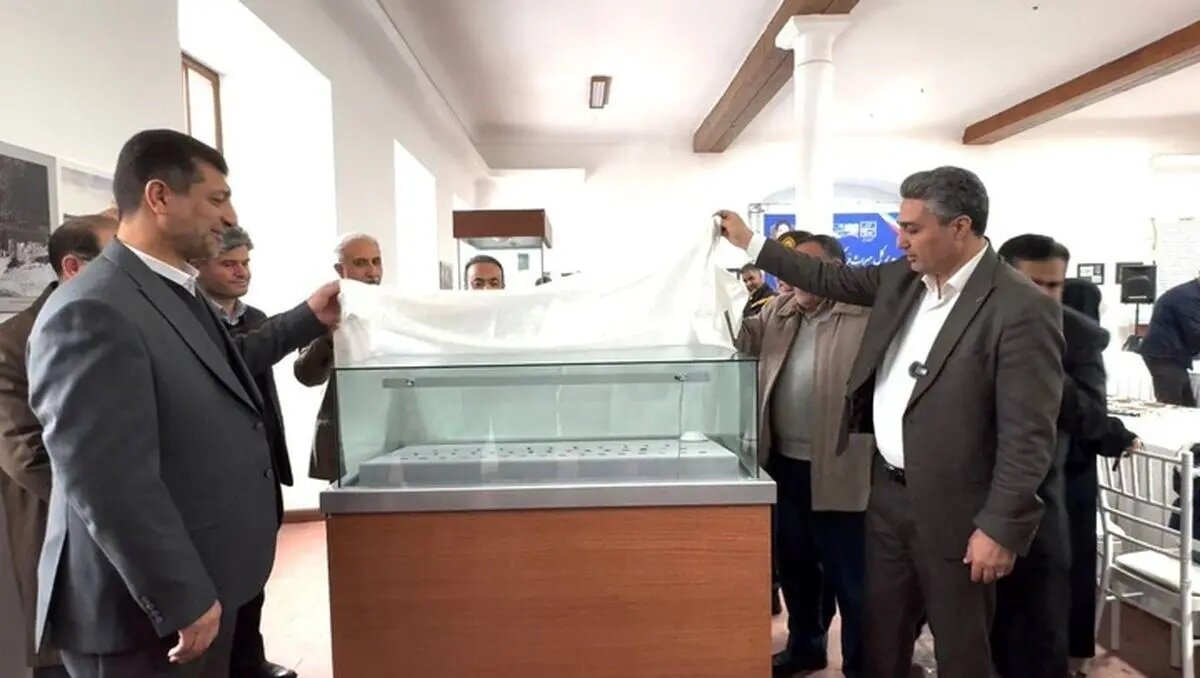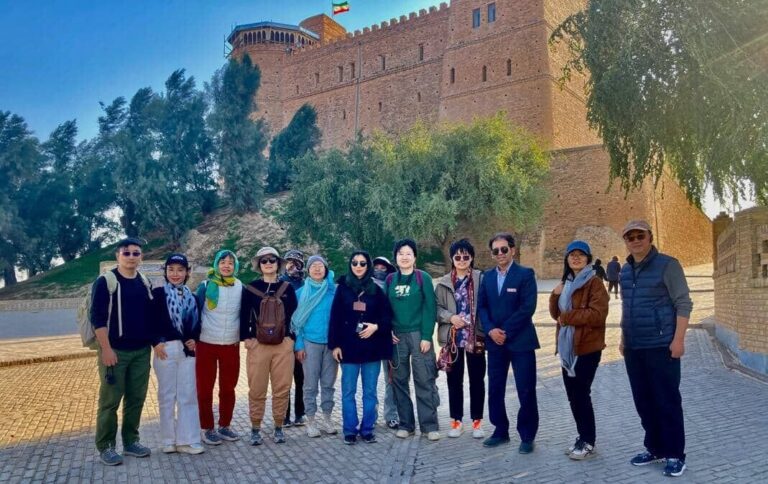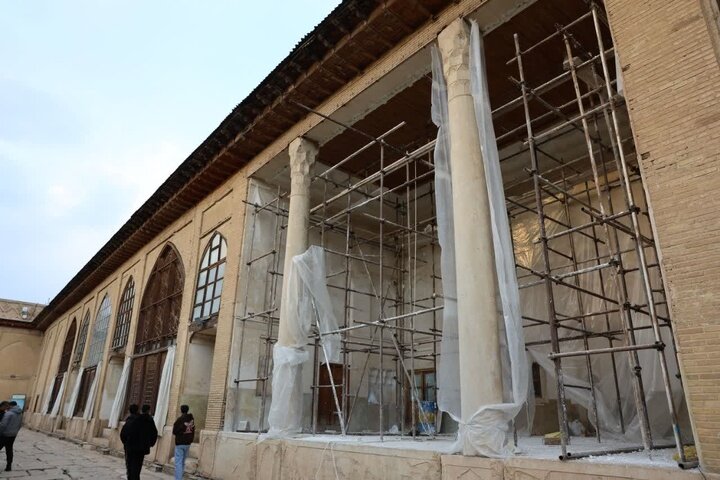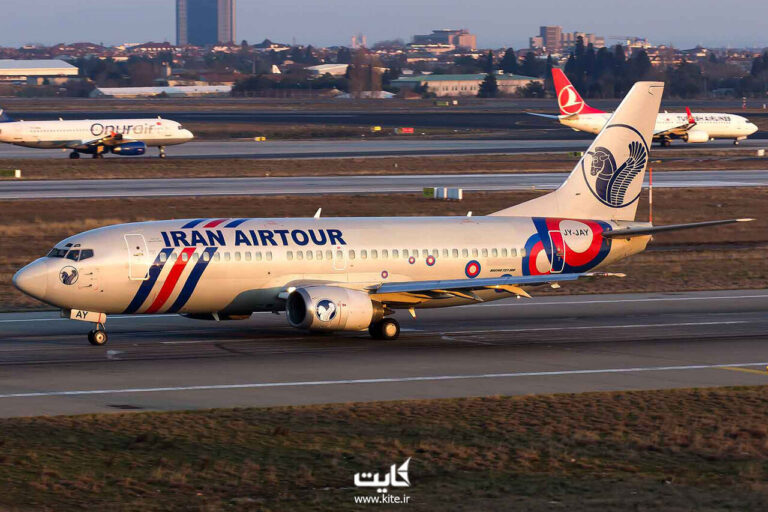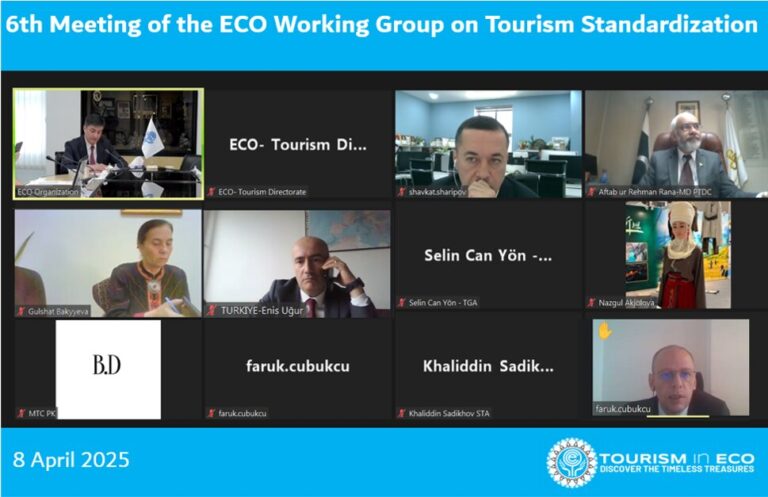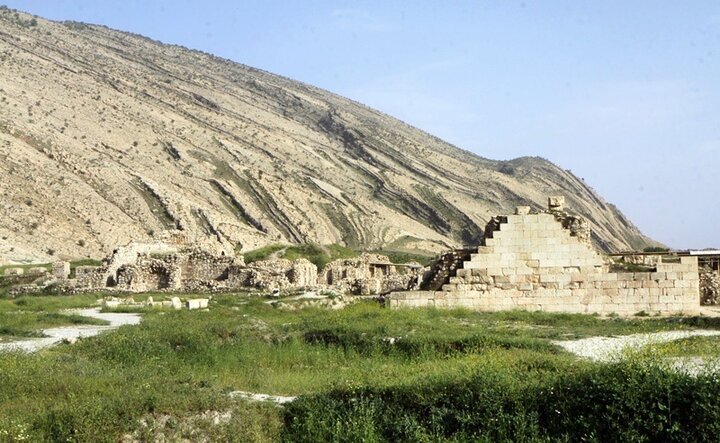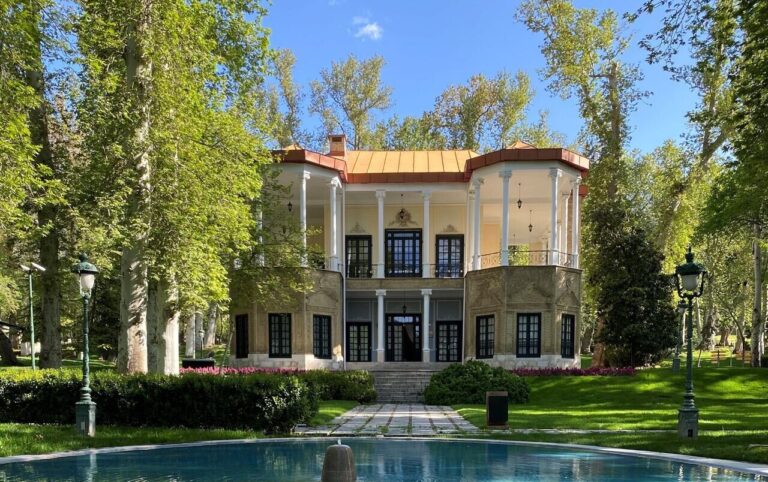Urmia Museum Unveils 55 Recovered Artifacts Smuggled from Türkiye: A Cultural Treasure Trove Restored
In a significant cultural event, a special exhibition featuring 55 smuggled Iranian artifacts has been inaugurated at the Urmia Museum of Archaeology. This exhibition marks a momentous occasion as it showcases items recently returned from Türkiye, highlighting the importance of protecting cultural heritage and history.
The unveiling ceremony took place in celebration of the 46th anniversary of the Islamic Revolution, known as the Ten-Day Dawn (Daheh Fajr) celebrations. The event was attended by various cultural officials, heritage experts, and local dignitaries, as reported by ILNA on Friday.
According to the Ministry of Cultural Heritage, Tourism, and Handicrafts, the repatriated artifacts include a diverse array of historically significant objects. These items not only represent Iran’s rich history but also embody the importance of cultural preservation. The collection consists of:
- A sword believed to date back to the Sassanian era
- Animal figurines from the Iron and Bronze Ages
- Several glass and metal bowls
- A copper ewer
- 42 ancient coins of Iranian origin
These artifacts were illegally smuggled out of Iran and later discovered in the Turkish provinces of Erzurum and Erzincan. The return of these items underscores the ongoing efforts to safeguard cultural heritage and combat the illicit trafficking of historical artifacts.
The unveiling event attracted prominent figures from various sectors. Notable attendees included:
- Hakem Mamakan, Urmia’s representative in parliament
- Morteza Safari, the tourism chief of West Azarbaijan province
- Mozaffar Abbaszadeh, Dean of the Faculty of Architecture and Arts at Urmia University
- Saeed Azoddodin Maleki, Head of the Iranology Foundation
- Bahram Zeinalzadeh, Director General of Nomadic Affairs of West Azarbaijan
In early June 2024, Türkiye took significant steps by returning these historical artifacts of Iranian origin that had been smuggled illegally into the country. The Iranian Ministry of Cultural Heritage, Tourism, and Handicrafts confirmed that the artifacts were successfully transferred back to their homeland in late January 2025.
This exhibition not only serves to highlight the rich cultural tapestry of Iran but also stands as a reminder of the continuous efforts needed to protect cultural heritage from the threats of smuggling and illegal trade. The artifacts displayed at the Urmia Museum of Archaeology are a testament to the enduring legacy of Iranian history and the significance of preserving such invaluable items for future generations.
The return of these artifacts is a crucial step in reestablishing the integrity of Iran’s historical narrative. Each item in the exhibition tells a story, contributing to a better understanding of Iran’s past and its cultural significance within the broader context of global history.
Visitors to the exhibition at the Urmia Museum of Archaeology will have the unique opportunity to engage with these artifacts, gaining insights into the ancient civilizations that once thrived in the region. The exhibition aims to educate the public about the importance of cultural heritage and the ongoing challenges faced in preserving it.
As the world becomes increasingly interconnected, the need for collaborative efforts to combat the illegal trade of cultural artifacts has never been more critical. This exhibition serves as a call to action for individuals, governments, and organizations to work together to protect cultural heritage sites and artifacts from being lost forever.
In conclusion, the inauguration of this exhibition is a significant milestone in the ongoing journey to reclaim Iran’s cultural heritage. It reinforces the idea that cultural artifacts are not merely objects but are essential pieces of history that connect us to our past.
